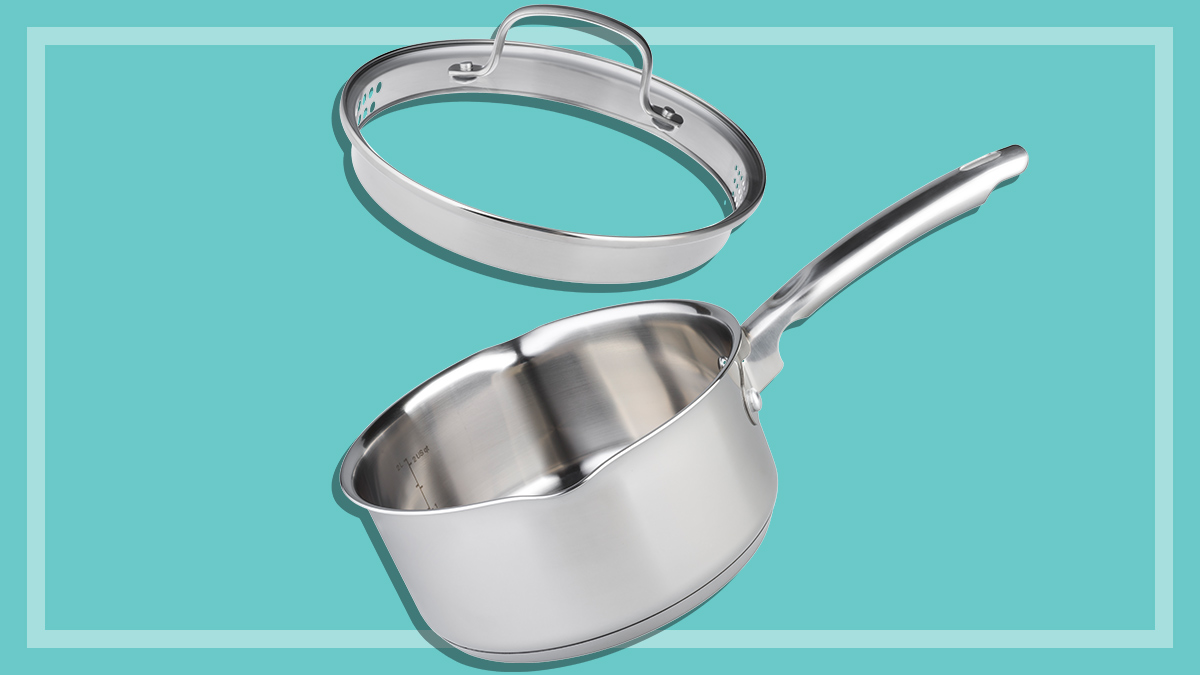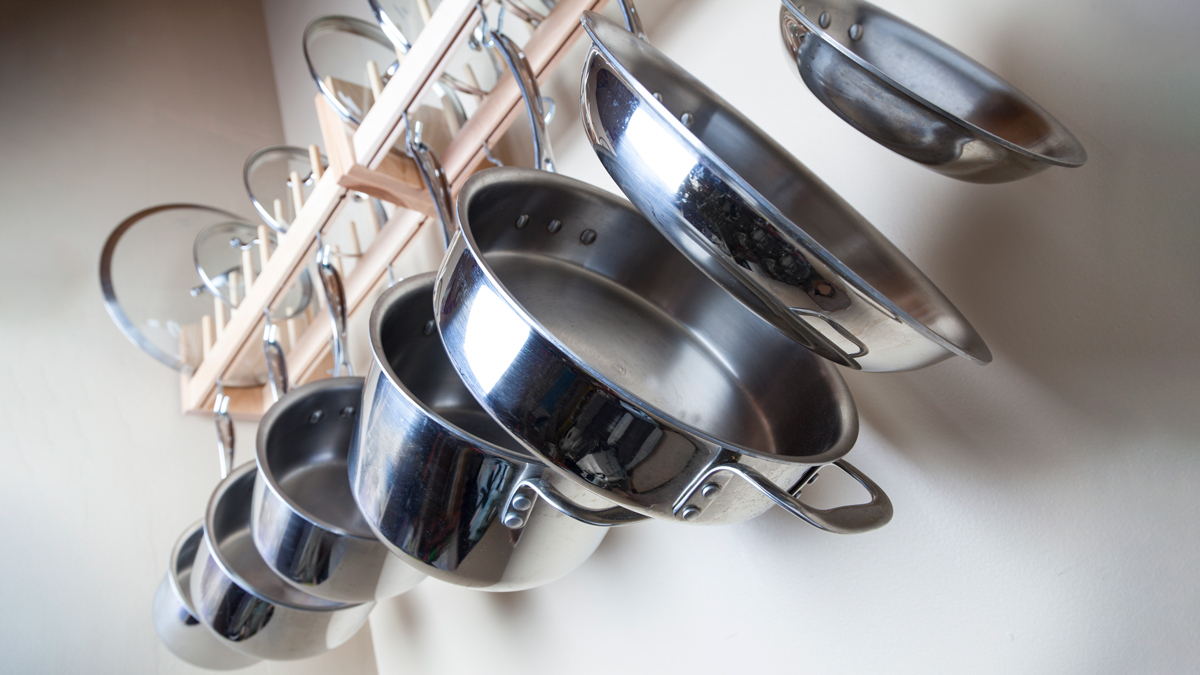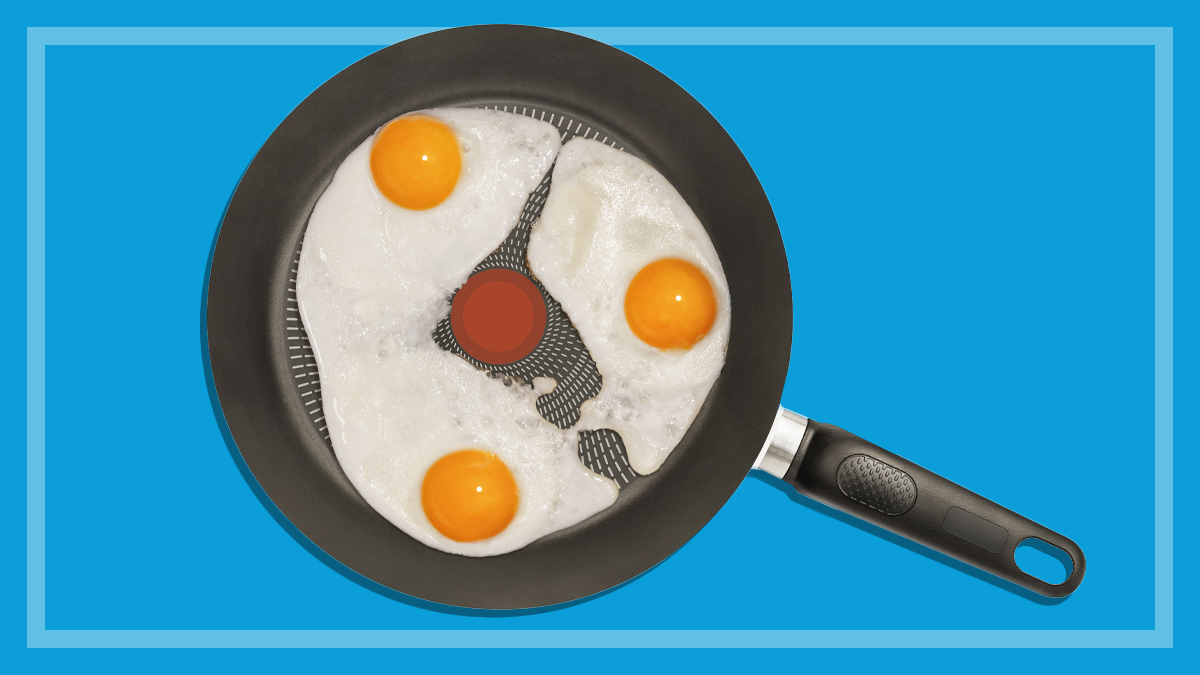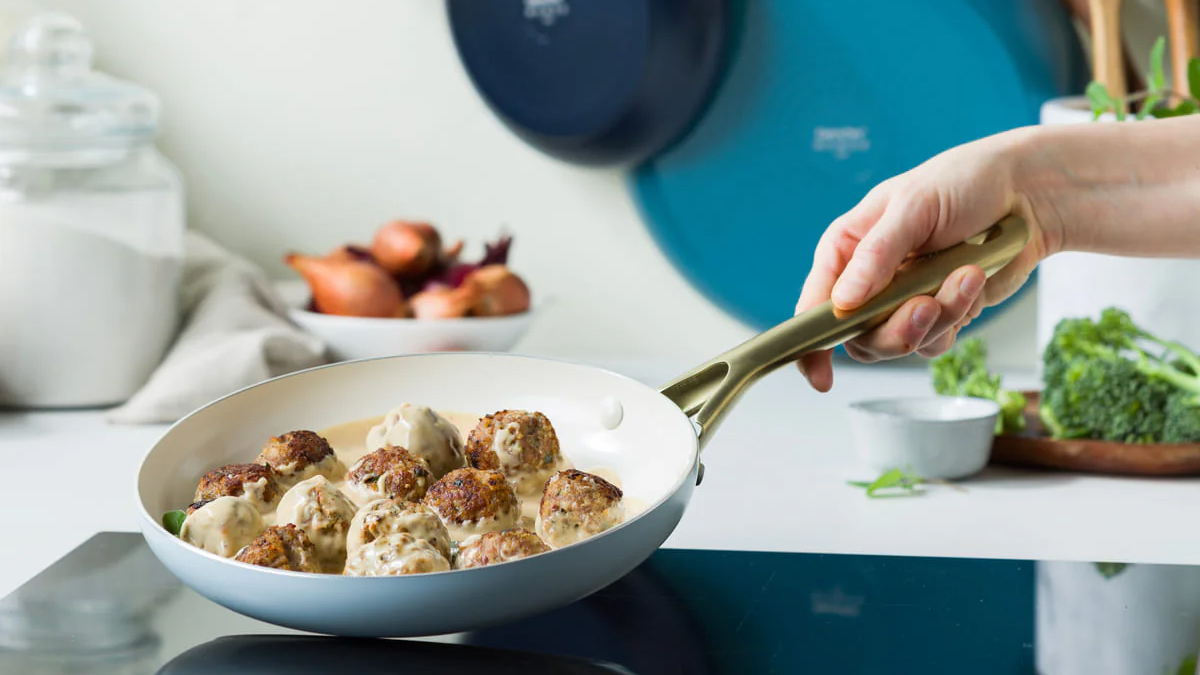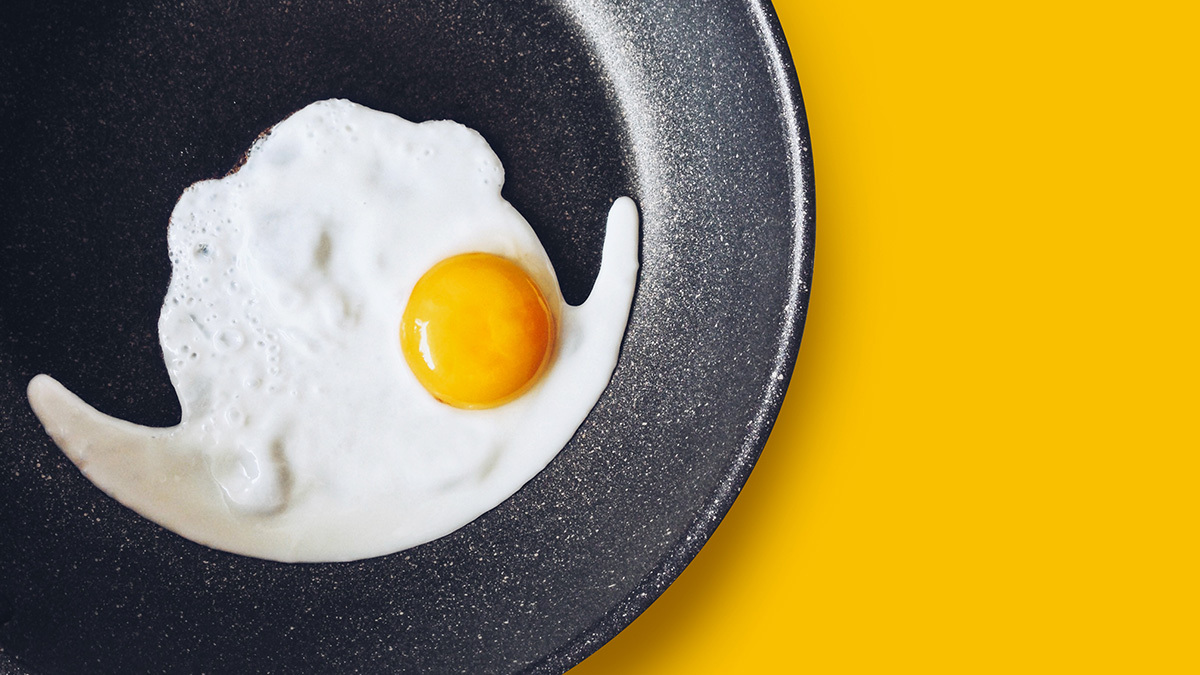Get our independent lab tests, expert reviews and honest advice.
How much should you spend on a saucepan?
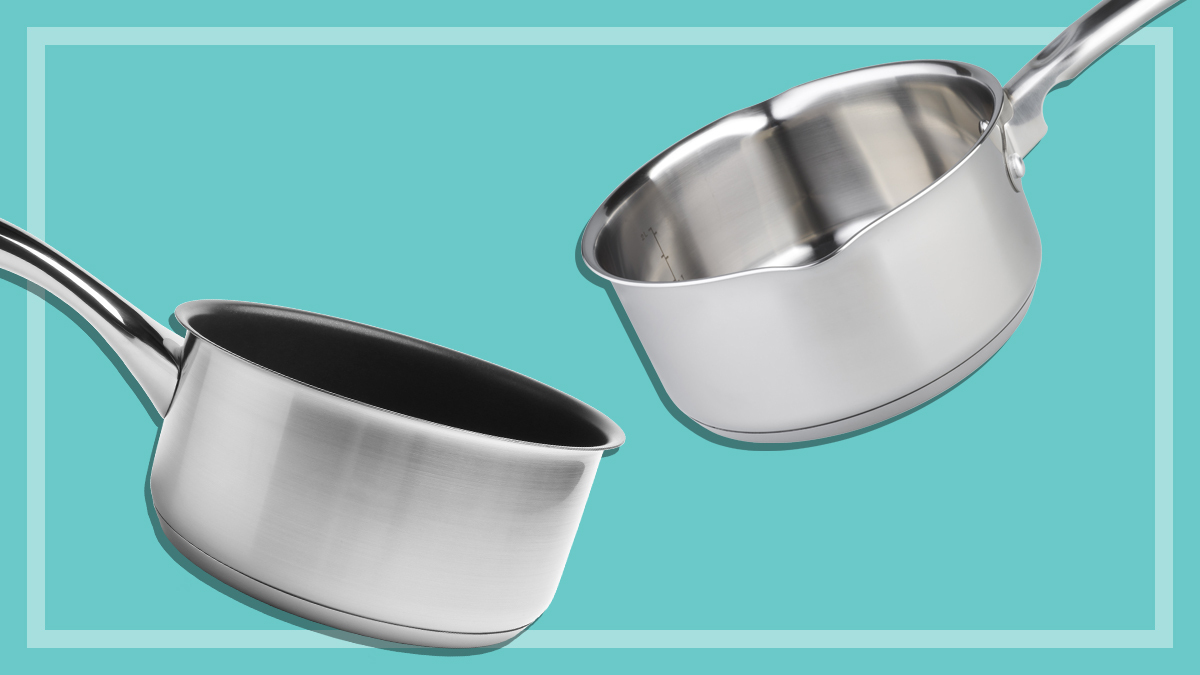
A good saucepan can take care of boiling, melting, steaming, simmering and reheating – and last you decades, if not a lifetime.
But, with prices ranging from $13 to over $300, it can be hard to tell if spending more will take your cooking skills to the next level, or if you can save on cookware and still get great results.
“Price is not necessarily reflective of how well a saucepan will perform or how well it scores for ease of use,” says CHOICE kitchen expert Chantelle Dart.
Our testing regularly reveals cheap products that perform as well as, if not better than, pricier ones – like this $18 Kmart frypan that impressed our experts and outperformed brands like Scanpan, Jamie Oliver, Tefal and Swiss Diamond.
We scoured our saucepan test data and asked our experts for their advice on what to look for and how much to spend.
What type of saucepan should you buy?
All kitchens and budgets are different so, before you buy, do some research to find out what’s going to work best for you.
Materials
Your main options for saucepan materials are stainless steel, aluminium, copper and cast iron. Not sure which is best for you? We explain the pros and cons of each in our cookware set and saucepan buying guide.
Induction-compatible cookware
When we buy saucepans and frypans to test, we make sure they are compatible with induction cooktops.
“You’ll want to make sure that the base of the saucepan has good coverage for your induction cooktop,” says Chantelle.
“You can check this by placing a magnet on the base of the sauce pan and checking that it has a strong connection over the entire base.
“This will also ensure even heating and cooking.”
Non-stick vs stainless steel
The type of surface you need will depend on what you’re cooking, but will also impact how you care for it.
“Non-stick saucepans are easier to clean, however, you need to take care not to scratch the coating. And avoid putting them in the dishwasher (even if recommended by the manufacturer) as this will reduce the life of the non-stick surface,” says Chantelle.
“Stainless steel saucepans can go in the dishwasher, which can make cleaning up easier. (Just be aware that dishwashers can cause deterioration of the handles and loosen the handle and lid screws, so proceed with caution.)
“Certain models are also oven safe up to temperature from 175 to 270 degrees Celsius, which can make them more versatile as you can start a dish on the cooktop and finish it in the oven.”
Ease of use
No matter how good a saucepan is to cook with, if it’s difficult to handle and clean, you might find you don’t reach for it as often.
During the testing process, our kitchen experts assess each saucepan’s ease of use by checking:
- how well balanced it is
- how comfortable the handles are to hold
- steam control
- ease of pouring
- how easy they are to clean.
“You want your saucepan to be balanced and have a good comfortable handle for support,” says Chantelle. “Some saucepans may also have an additional handle for extra balance and control.”
How much should you pay for a saucepan?
Now, we can’t give away all our secrets here (they’re available for CHOICE members though), but we can tell you that, of the models our experts recommend, plenty of them cost less than $100 – so it is possible to get great performance without cooking your credit card.
Still not convinced? We crunched the numbers of the best- and worst-scoring saucepans in our tests. Here’s what we found.
(This graph plots CHOICE’s saucepan test results by comparing lowest to highest CHOICE Expert Rating (vertically) and lowest to highest price (horizontally) to illustrate that there are some high performing saucepans across the range of prices, including in the low price range. Brand and model information is not included in this graphic.)
Number crunch: Best vs worst saucepans in our test
We also analysed the prices for the best and worst performers in our tests.
This table shows the average CHOICE Expert Rating by price band and how many products in that price range are recommended by our experts.
| Price range ($) | Average CHOICE Expert Rating (%) | Number of recommended products |
|---|---|---|
| $50 or less | 61% | 1 |
| $50 to $100 | 71% | 4 |
| $100 to $150 | 72% | 3 |
| $150 to $200 | 77% | 1 |
| $200 or more | 77% | 4 |
This doesn’t mean that every saucepan priced over $200 will deliver top-shelf performance. In fact, one of the more expensive products in our test scored the same as a $25 Target saucepan, and the top-scoring saucepan was one of the cheapest!
What does it all mean?
While some of the more expensive products were also among the top performers, it’s still quite possible to find a cheaper model that performs very well. Conversely, there are more expensive models that won’t deliver.
Bear in mind, though, that some expensive brands may offer lifetime guarantees for any defects, so sometimes paying more can buy you peace of mind. Just make sure you know exactly what the guarantee covers before you hand over your cash.
And while recommended retail prices for saucepans vary wildly, there are often considerable discounts to be found, particularly on cookware sets, so it pays to shop around.

